Gardeners often grow seedlings using a landless method. This saves time and space on window sills. Landless cultivation is a simple and reliable option for obtaining full-fledged seedlings. Another advantage of this method is that seedlings obtained in this way are not affected by such a common disease as “blackleg”.
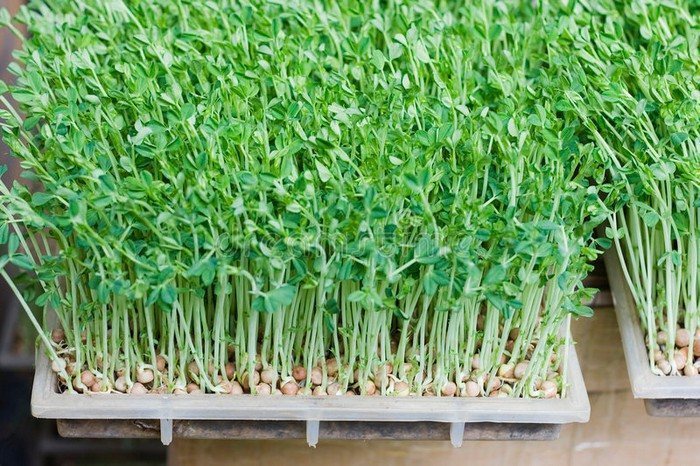
In paper rolls
A rather unusual method, which differs in that it takes up a minimum of space. It is suitable for any crop and surprises with the results. To grow, you need to take toilet paper, several plastic bottles or cups, cling film, and a bag.
Cut strips measuring 10x50 cm from the film, then lay paper on it in one layer and moisten it with water from a spray bottle. Pour the seeds on top, leaving a space of 4–5 cm between them. Then cover the top again with film and roll the whole thing into a roll, securing it with a rope. Cut the bottle by a third, put a roll in it, pour no more than 4 cm of water, cover with a bag in which several holes have been made in advance for ventilation. It is important to monitor the moisture content of the seeds and spray them periodically.
As soon as the seedlings appear, they need to be fed with a small amount of mineral fertilizers. As soon as the first leaves appear, feed again.After the seedlings have true leaves, they can be plucked. To get a seedling, you need to roll out a roll and cut out one plant without removing the paper or touching the root. Seeds that have not yet sprouted should be rolled again and left for a couple of days. Transplant strong seedlings into soil, water and continue growing, as in the case of ordinary seedlings. Cold-resistant crops can be immediately transplanted into open ground.
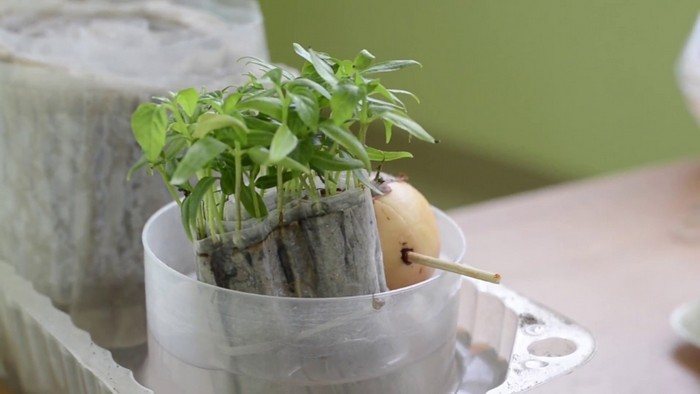
Shoots on sawdust
Seedlings of plants that do not tolerate picking in the standard way can be obtained using sawdust. To do this, you need to take fresh sawdust, scald it with boiling water and place it on the bottom of the container in a layer of 6–7 cm. Then make grooves, leaving a space of about 5 cm between them, sow seeds in them and cover with polyethylene.
You should periodically monitor future seedlings and moisten the soil as it dries. It is also necessary to feed future shoots by watering the seedlings using a not too concentrated solution of mullein. As soon as the cotyledons appear, which usually happens no later than 15 days after sowing, the seedlings can be transplanted into the ground. This method is good because it does not damage the root system of crops, as it allows you to carefully transfer the roots along with a certain amount of sawdust. It is ideally suited for growing cucumbers, pumpkins, melons and a number of other crops.
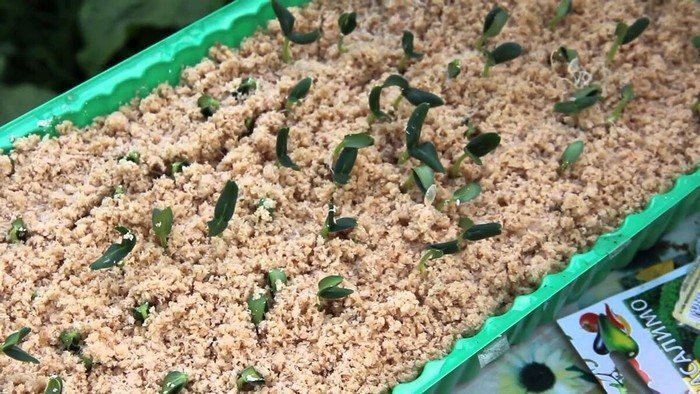
Using peat tablets
A real godsend for gardeners are tablets made from natural peat with the addition of substances that stimulate the development and germination of seeds.Another advantage of the tablets is that the seedlings obtained with their help do not need to be picked and can be replanted without removing them from the tablets.
The process of obtaining seedlings using this method is not difficult. You need to take the miracle tablets, place them in a shallow container, and fill them with warm water. As soon as the peat has swollen enough, drain off the excess water, sow 1-2 seeds into each tablet and lightly sprinkle peat on top. The container should be covered with film, providing the seeds with “greenhouse conditions”.
Once a day you need to check the moisture content of the peat, preventing it from hardening. When the seedlings form leaves, replant them without removing them from the tablets. The mesh needs to be removed, and after a while the peat itself will mix with the soil.
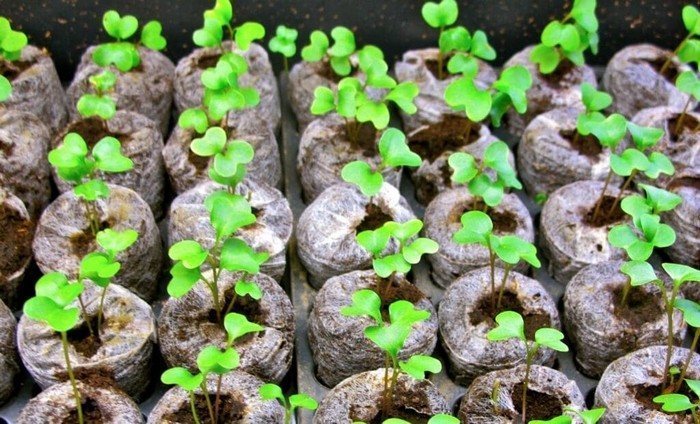
In a plastic bottle
For this method you will need a plastic bottle, toilet paper or napkins, and a bag. You can germinate any seeds, including poorly germinating ones - petunia or strawberries.
Let's look directly at the growing technology itself. The bottle needs to be cut lengthwise into two parts, and paper should be placed in one half in 7–8 layers. Then thoroughly moisten the paper layer, allow excess moisture to drain, pour the seeds onto the paper and tamp down a little. Then put the container in a bag and tie it to create a greenhouse effect. Do not untie the package for 3 weeks. Then you can transplant the seeds into the ground. As a rule, during this period they produce high-quality sprouts.
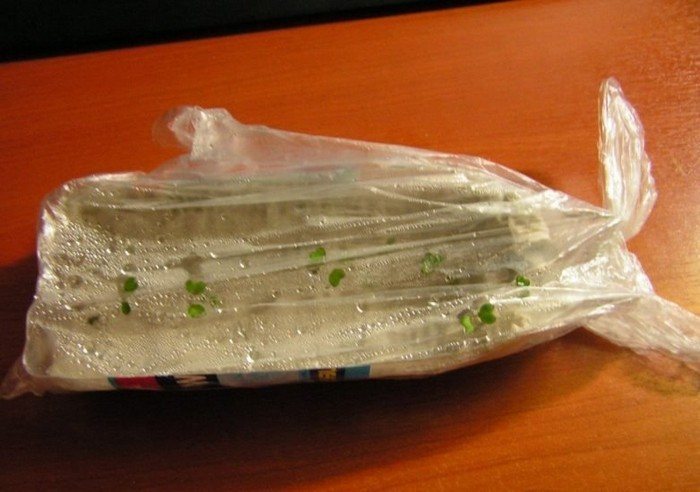
On tea bags
An invention of thrifty housewives - growing seedlings in used tea bags.To do this method, you need to take the bags, cut off their top part, add a small amount of dry soil to them and put them in a shallow container. The free space between them should be filled with cotton wool or paper.
You need to sow 1-2 seeds in each bag and moisten the soil. While waiting for germination, you should control the moisture content of the substrate by periodically watering it with a small amount of water. As soon as the seedlings acquire their first leaves, they can be planted in the ground without removing them from the bags. The roots of the plant, having grown stronger, will cope with the tissues of the bag.
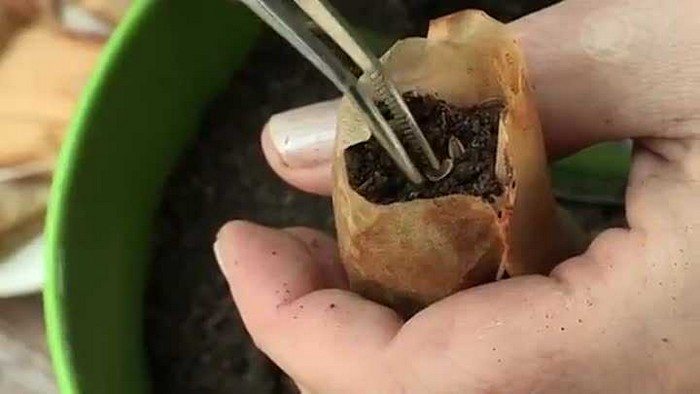
The ingenuity of gardeners is becoming more and more surprising every year. Today, a large number of landless methods of growing seedlings are practiced, which are much simpler than traditional ones. However, if there is no confidence that seedlings will be obtained using one of the alternative methods, it is better to play it safe and grow a certain amount of seedlings the way adherents of traditional cultivation do.


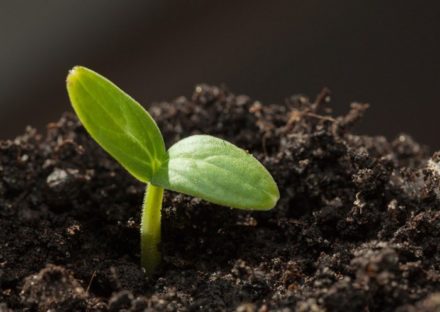

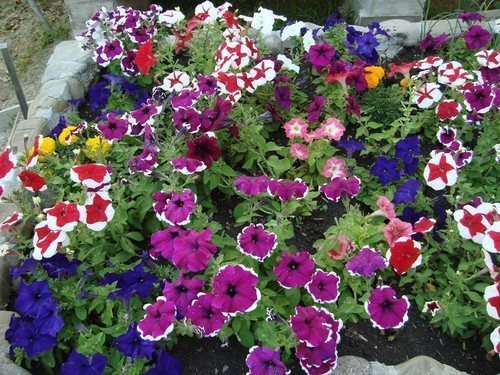
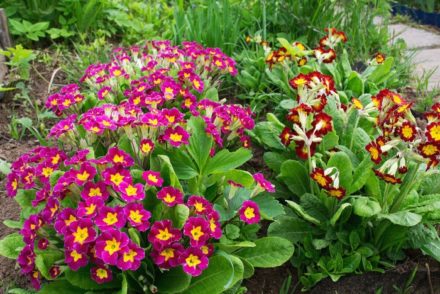
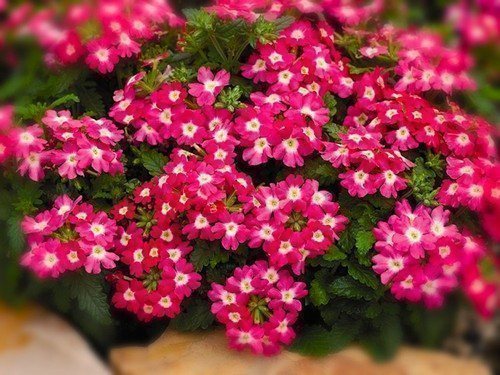
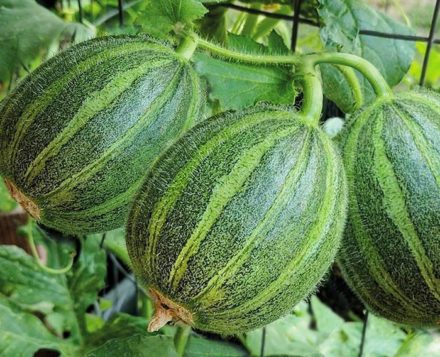
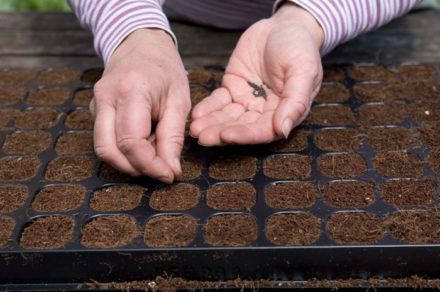
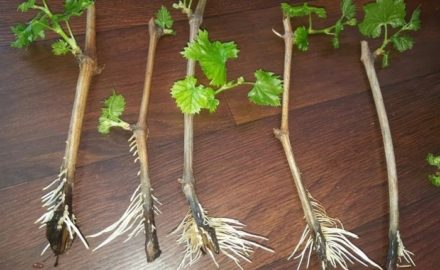
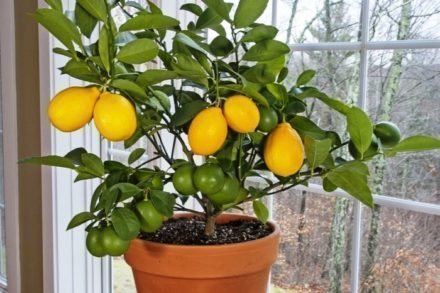
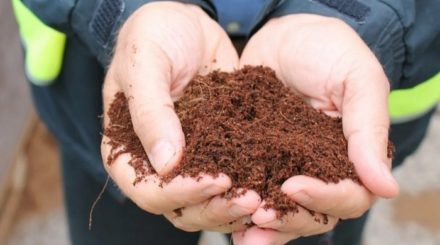
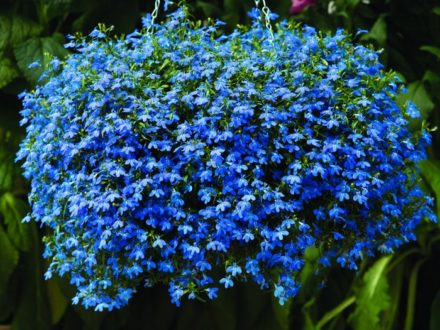
I GROW SEEDLINGS WITH A LANDLESS METHOD, IT’S VERY CONVENIENT AND THE SPACE BEFORE PICKING TAKES LITTLE AND CLEAN, THE CUPS WITH EARTH TAKE UP A LOT OF SPACE, BUT IT’S GOOD IF EVERYTHING GROWS, THE ONLY MINUS IS THAT SUCH SEEDLINGS THEN NEED TO BE KIVER, AND THIS IS ALSO ABOUT 10 DAYS LOST FOR THEIR ESTABLISHMENT IN THE GROUND, SO DECIDE HOW BETTER YOU PLANT!!!!!